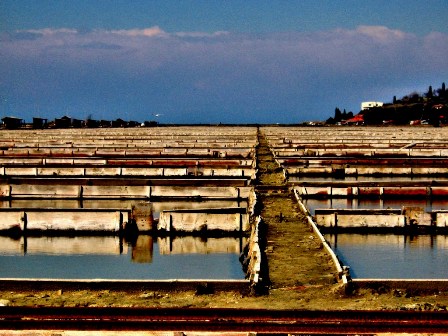
Walk to the saltpans of Secovlje
On the short Slovenian coast Portorose is situated in a bay sheltered from the winds. Today Portoroset is known as a bigg and well known tourist center with modern hotel, restaurants and beaches. Only five kilometer from the hotel resort of Portorose you can find peacefull place - Secovlje salt-pans. What to do in Secovlje saltpans? You can choose morning or evening which are the best time for runing, jogging or romantic walking. Dont forget on little shop LERA where you can buy chocolate with salt flower. Dont walk thrue saltpans in the sweltering heat exepct if you have your own saltpans and you are producer.
The culture heritage of Secovlje saltpans reflects hundred years long life and work of men, northeast shore of Adriatic sea. The oldest heritage is preserved in pool Fontanigge in saltpans of Sečovlje. There we have ruins of houses, traces of salt fields, shores and canals which are talking about old saltpans of Piran, acting about 60s in former century. Culture heritage of the old saltpans is preserved, guarded and reviewed by Museum of salt work by canal Giassi. Technical heritage are the whole saltpans Lera and Strunjan. Here we have modernirationed procedure of produceing salt, which has similarity with medieval tradition of old saltpans.
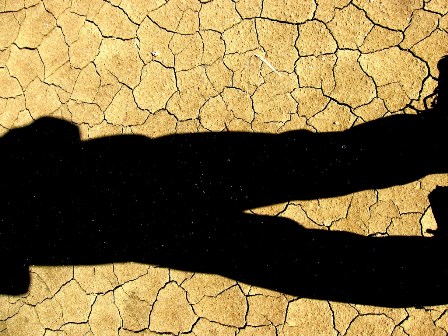 Landscape park Secovlje saltpans
Landscape park Secovlje saltpans
Ladnscape park Sečovelje saltpans with its surface of 6,5 square metres lies on the very last southwest part of Slovenia close by the border with Croatia, in south of region Piran.
Northerner part of Park which is still very active by making salt is called Lera. From south part of Park, called Fontanigge, is divided by Canal Grande – Drnica. Sečovlje salt-pans and the nearest Strunjan saltpans that are still acting are the most northeren lying saltpans in the Mediterranean. They are one of the rarest saltpans, which salt is produceing by 100 years old procedures.
Fontanigge saltpans was produceing salt in 60s in former cetnury given up, but within activity of Museum of saltpaning, the salt are still produceing by method from the 14. century. Every salt field was here representing his own pan, with own pools for condensing sea-water and for crystallization.
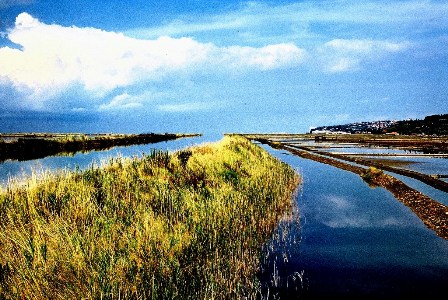
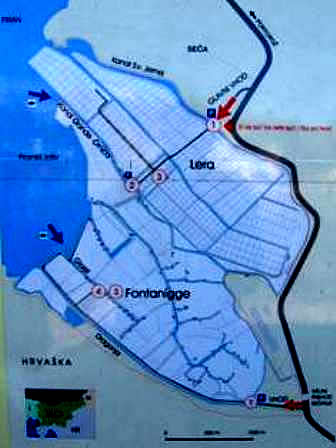
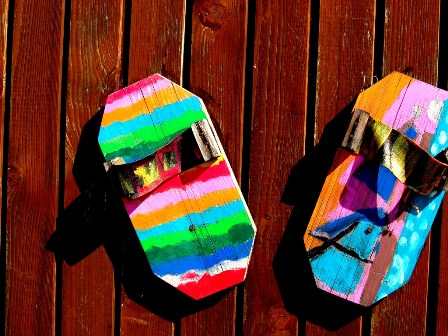
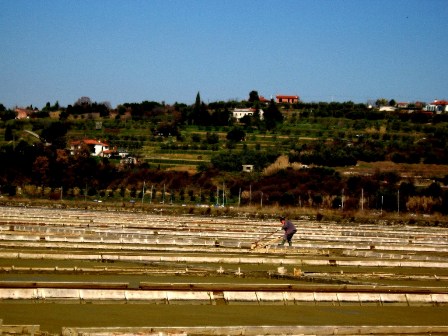
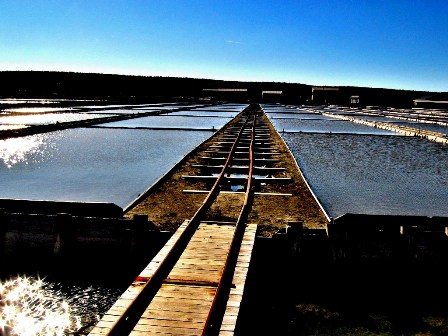

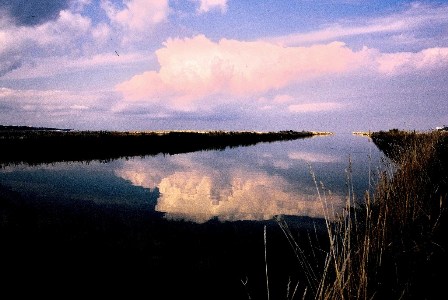 Method of salt acquisition
Method of salt acquisition
Lera fields are salt-field designed for crytallization of salt, separated from the fields for condenseing salt water (pools for evaporation). Difference between this two methode for produceing salt is in technological procedure, which is bounded on preparing salt water, harvest, storehouse of salt and different work tools.
Saltmen on the bottom of salt fields on Lera and on Fontanigga cultivate »petola«, a very special sort of biosediment, which prevents see mud to pass over in salt and stops building particular ions in salt. Government the Republic of Slowenia is in year 2001 area Sečovlje saltpans publicatied for landscape park, and the area Museum of saltwork for culture monument which has state meaning. In year 1993 are Sečovlje saltpans became the first Slovenian swamp, which is placed on the list of international important swamps, which is under protection of Ramsar convention.
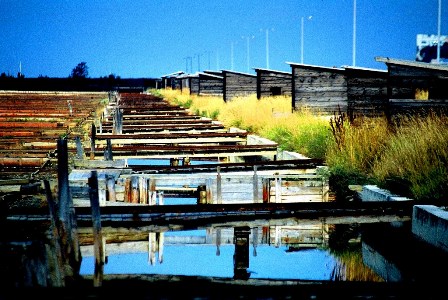 Fanciers of salt
Fanciers of salt
For salt floor are significant »slanuše«-halofits. Those plants have got mostly fleshy leaves and stalk, bacause they are suffereing from drought and because salt water is not accessible.
Among them are the most significant Salicornia patula, Arhrocnemum fruticosum, Halimione protulacoides and Suaeda maritima. The most attractive halofit is called »small net«, with its purple blossoms and salt glands on leaves. In fall these halofits are red-purple colour because of lack of nitrogen.
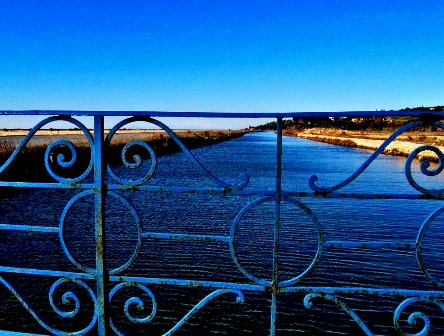
Submediterranean climate, high saltness of water in shallow pools and produceing salt on tradicional way are making special ecological circumstances. On Lera we have charasteristic residences of vegetable and animal variety, which are limited on diverce degree how salt the field is, salt canals and dykes. Even more variety we have on the area of Fontanigge: here we have reeds, halofit-meadows, dried, bared or part increased pools and islands in salt pools, tallows, different habitats on shores. Also some rest of houses on saltpans are very inviting for some species. Fontanigge are surrounded by shrubs and dry or moist Kras-meadows, and on the west we have highsea dykes which is surrounded by shallow sea.